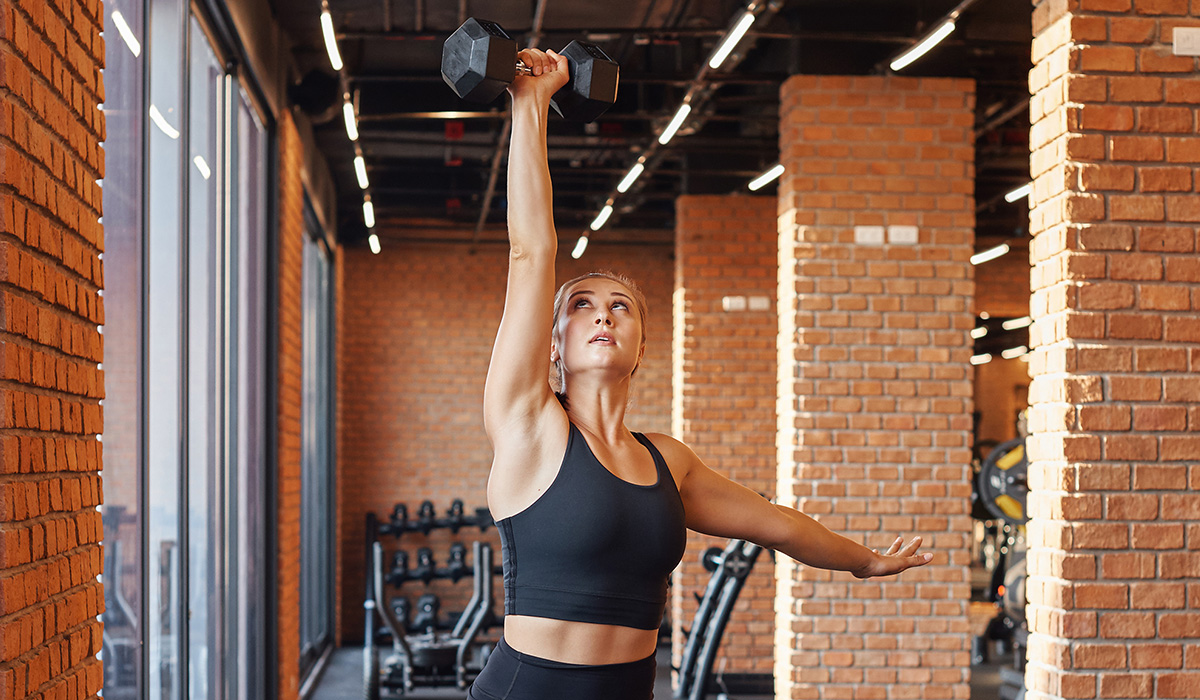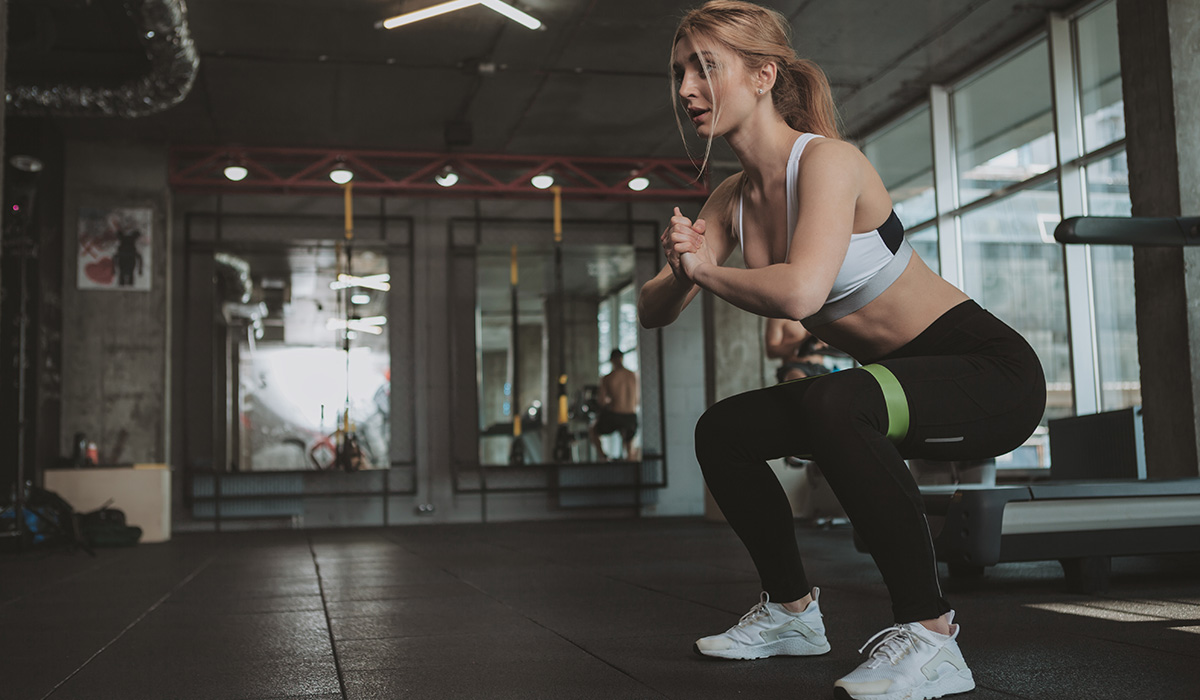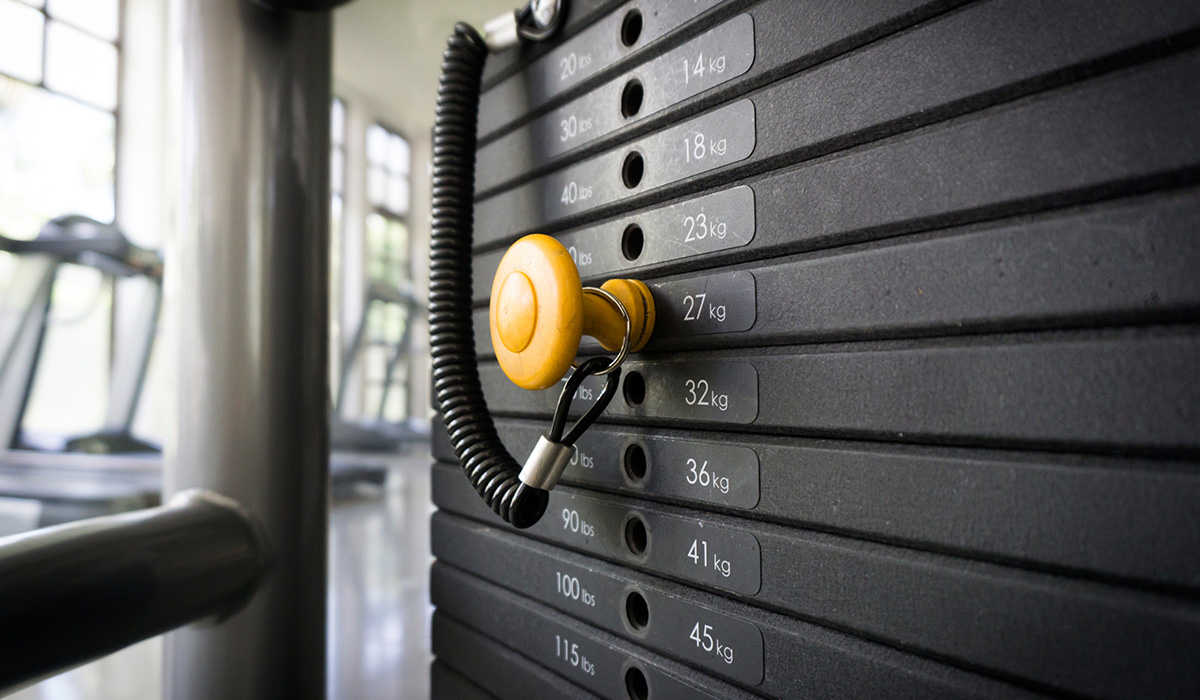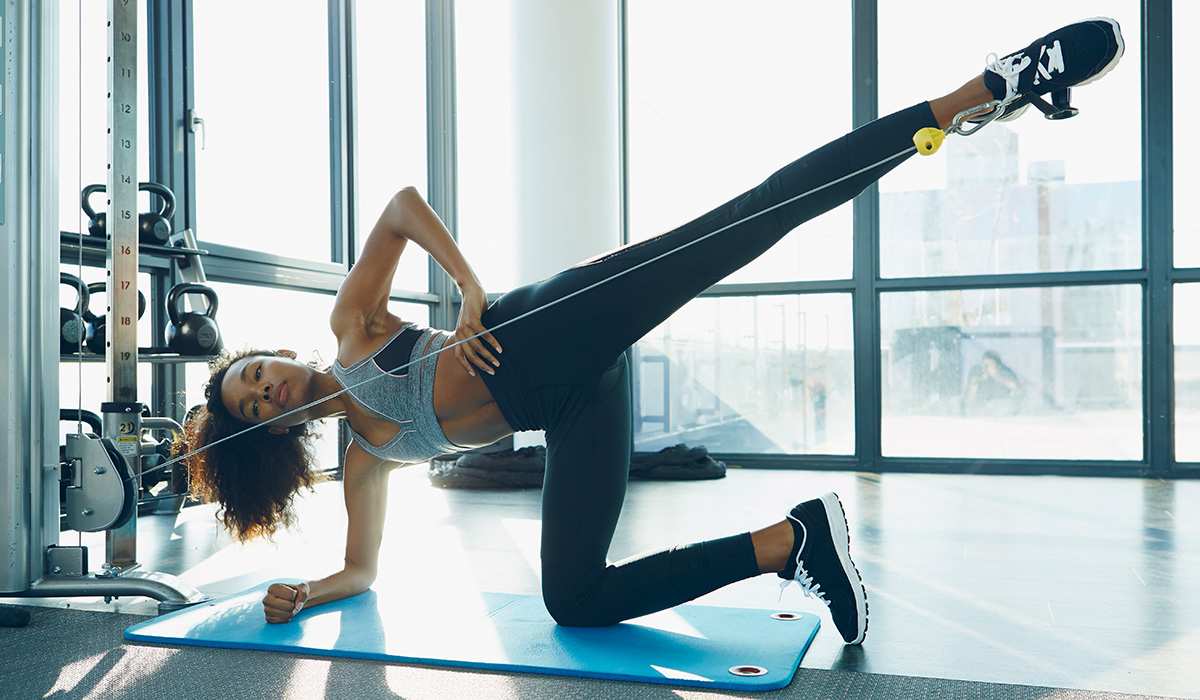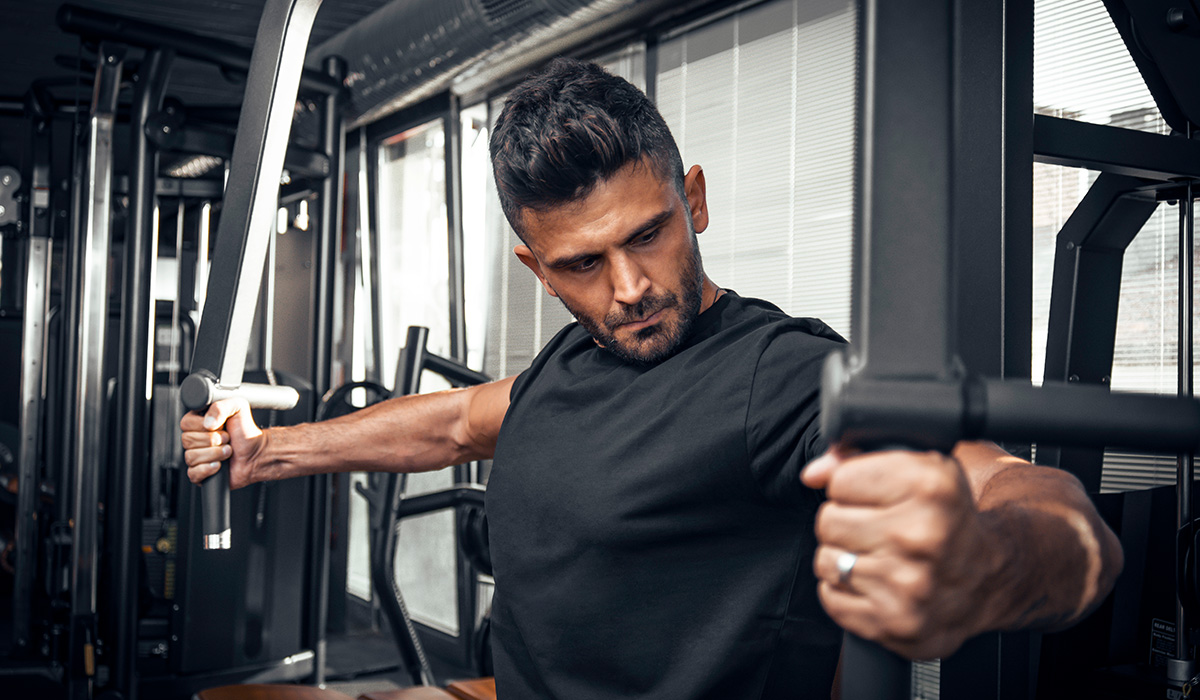This is an advanced method of training that the working muscle group in three different ranges of motion within a single set. Its name from the total number of reps per set you form with this training technique in each set, you do a total of 21 repetitions but as three separate sets of 7 reps.
21s are a popular method used by bodybuilders to shock their muscles into new growth by targeting specific ranges of motion (ROM) for a given movement. It’s a mix of partial and full reps within the same set to fully pump your muscles up.
WHAT ARE THE BENEFITS?
- Muscle recruitment is being used maximally throughout the session
- Increase your strength and endurance
- Adds variety to your training
- Can help to burn fat
- Places enough microtears in the fast-twitch muscle fibres to ensure continued growth which may have faltered after repetitive training
- It will kick-start muscle growth and hit your body from a new angle
- It will burn more calories to strip body fat from your muscles, giving you better definition




